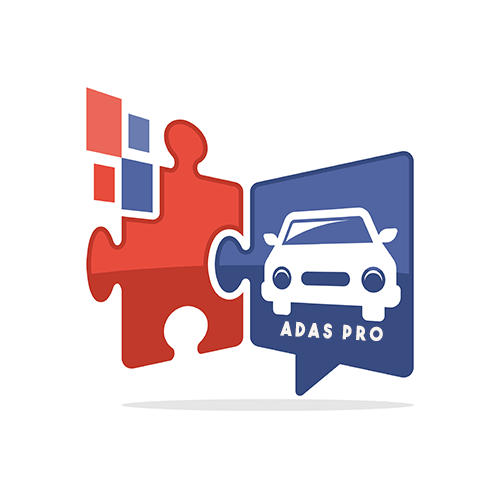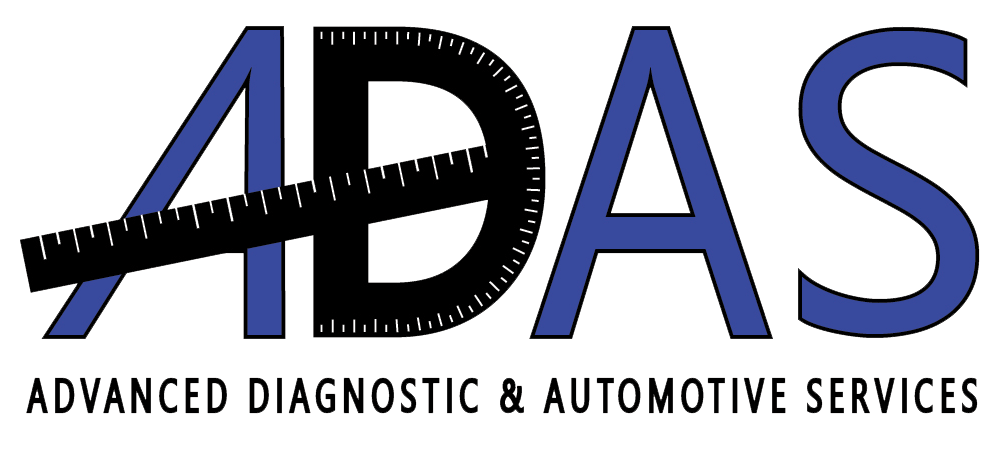Understanding Advanced Driver Assistance Systems (ADAS): Your Questions Answered
- February 9, 2024
- 2 minutes
As technology continues to reshape the automotive industry, Advanced Driver Assistance Systems (ADAS) have become increasingly prevalent in modern vehicles. These systems offer a wide range of safety and convenience features designed to enhance the driving experience and reduce the risk of accidents. To shed light on the intricacies of ADAS, let’s delve into some commonly asked questions:
ADAS Commonly Asked Questions:
Q: What exactly are Advanced Driver Assistance Systems (ADAS)?
A: ADAS refers to a collection of safety features and technologies designed to assist drivers in the driving process. These systems utilize sensors, cameras, radar, and other advanced technologies to detect potential hazards, provide warnings, and even intervene to prevent collisions.
Q: What are some common features of ADAS?
A: ADAS encompasses a variety of features, including adaptive cruise control, lane departure warning, automatic emergency braking, blind-spot monitoring, parking assistance, and more. These features work together to help drivers stay aware of their surroundings and mitigate potential risks on the road.
Q: How do ADAS systems improve safety?
A: By continuously monitoring the vehicle’s surroundings and detecting potential hazards, ADAS systems provide drivers with real-time alerts and assistance to help them avoid accidents. For example, automatic emergency braking can apply the brakes if a collision is imminent, while lane departure warning alerts drivers if they unintentionally drift out of their lane.

Q: Do all vehicles come equipped with ADAS?
A: While many newer vehicles come standard with some form of ADAS, not all vehicles are equipped with these advanced safety features. However, ADAS technologies are becoming increasingly common across various makes and models as automakers prioritize safety and innovation.
Q: Do ADAS systems require calibration or maintenance?
A: Yes, proper calibration and maintenance are essential to ensure the effectiveness and accuracy of ADAS systems. Components such as cameras, sensors, and radar units may need recalibration after certain repairs or replacements to ensure they function correctly.
Q: Can ADAS systems replace the need for attentive driving?
A: While ADAS systems can provide valuable assistance to drivers, they are not a substitute for attentive and responsible driving. Drivers should always remain engaged and vigilant behind the wheel, using ADAS features as aids rather than relying solely on them.
In conclusion, Advanced Driver Assistance Systems (ADAS) play a crucial role in enhancing safety and convenience on the road. By understanding how these systems work and their capabilities, drivers can make informed decisions to maximize their effectiveness and promote safer driving habits.
Contact Us for Expert ADAS Calibration in Orangevale, CA
